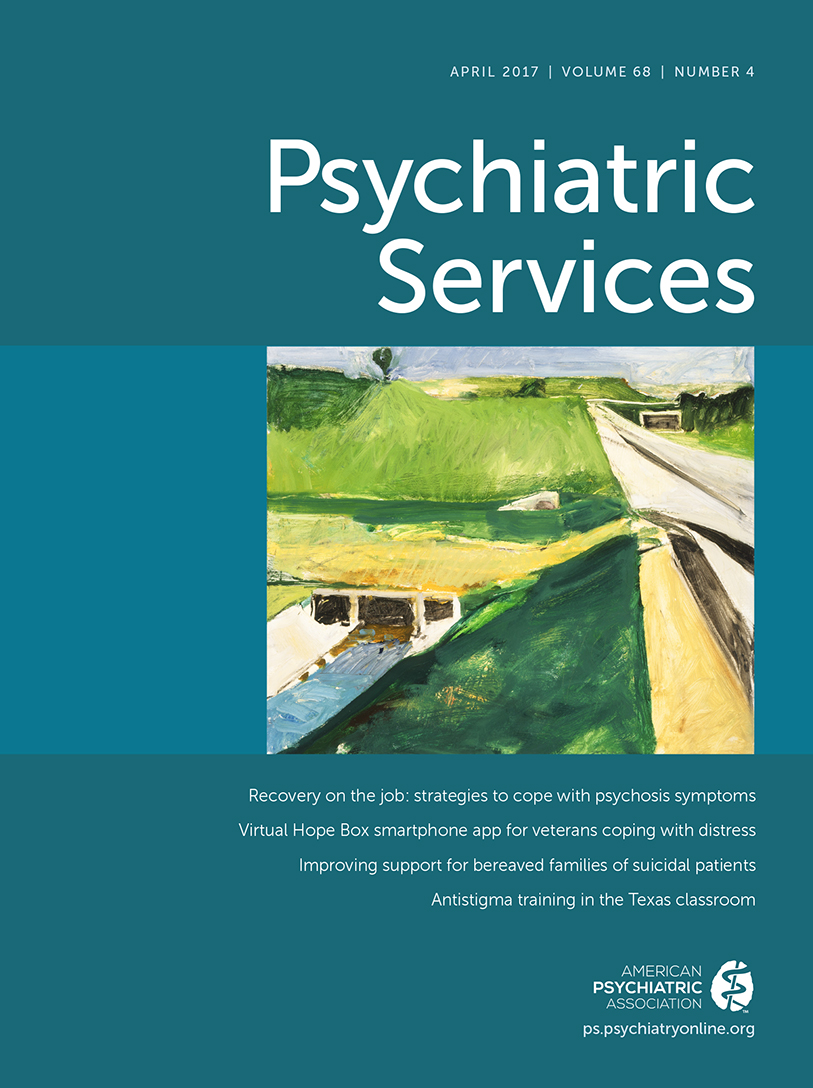Evaluation of Antistigma Interventions With Sixth-Grade Students: A School-Based Field Experiment
Abstract
Objective:
School-based interventions for preadolescents provide the opportunity, in a ubiquitous institutional setting, to attack stigmatizing attitudes before they are firmly entrenched, and thus they may reduce mental illness stigma in the overall population. This study evaluated the effectiveness of classroom-based interventions in reducing stigma and increasing understanding of mental illness and positive attitudes toward treatment seeking among sixth-grade students.
Methods:
In an ethnically and racially diverse sample (N=721), 40% of participants were Latino, 26% were white, and 24% were African American; the mean age was 11.5. In a fully crossed design, classrooms from a school district in Texas were randomly assigned to receive all three, two, one, or none of the following interventions: a PowerPoint- and discussion-based curriculum, contact with two college students who described their experiences with mental illness, and exposure to antistigma printed materials. Standard and vignette-based quantitative measures of mental health knowledge and attitudes, social distance, and help-seeking attitudes were assessed pre- and postintervention.
Results:
Printed materials had no significant effects on outcomes and were grouped with the control condition for analysis. For eight of 13 outcomes, the curriculum-only group reported significantly more positive outcomes than the control group; the largest between-group differences were for stigma awareness and action, recognition of mental illness in the vignettes, and positive orientation to treatment. The contact-alone group reported significantly more positive outcomes on three vignette-based measures.
Conclusions:
Results were most promising for a classroom-based curriculum that can be relatively easily disseminated to and delivered by teachers, offering the potential for broad application in the population.



